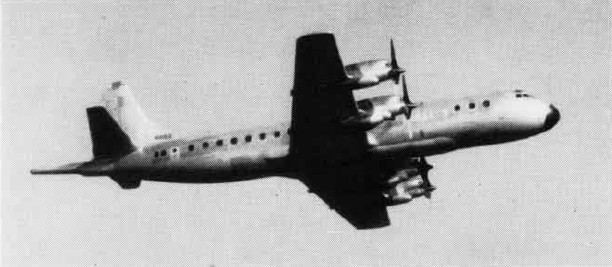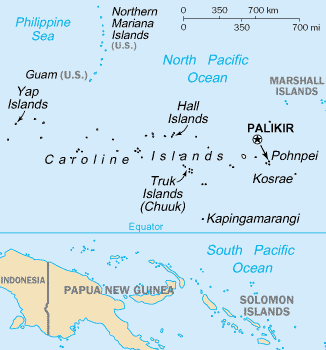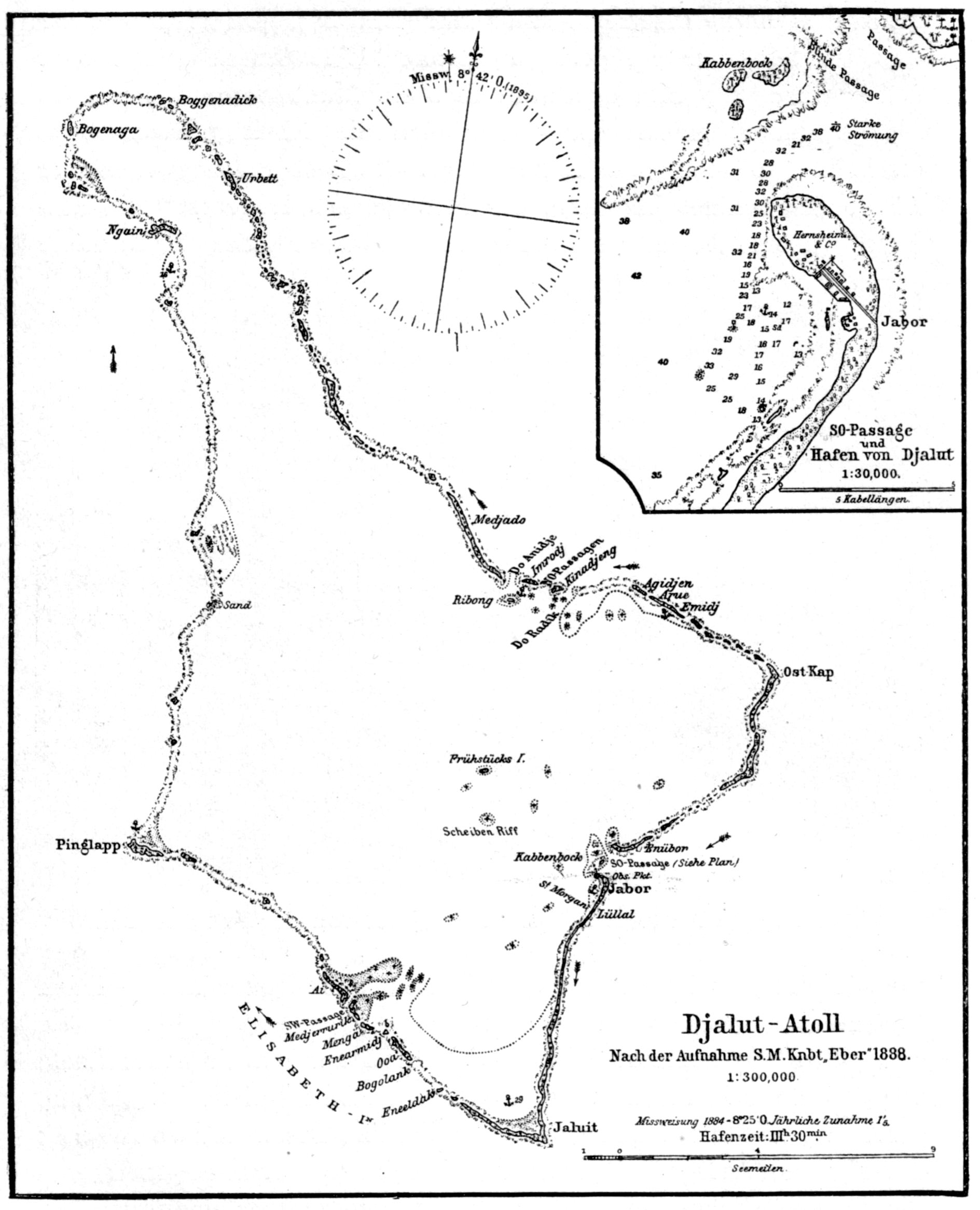|
VP-4
Patrol Squadron Four (VP-4) is a U.S. Navy land-based patrol squadron based at the Naval Air Station Whidbey Island, Oak Harbor, Washington, which is tasked to undertake maritime patrol, anti-submarine warfare (ASW), and intelligence, surveillance and reconnaissance (ISR) missions flying the Boeing P-8 Poseidon. The squadron was originally established as Bombing Squadron 144 (VB-144) on 1 July 1943, redesignated Patrol Bombing Squadron 144 (VPB-144) on 1 October 1944, redesignated Patrol Squadron 144 (VP-144) on 15 May 1946, redesignated Medium Patrol Squadron (Landplane) 4 (VP-ML-4) on 15 November 1946 and redesignated Patrol Squadron FOUR (VP-4) on 1 September 1948. It is the second squadron to be designated VP-4, the first VP-4 was redesignated VP-22 on 1 July 1939. History VB-144 was established at NAS Alameda, California on 1 July 1943, as a squadron flying the PV-1 Ventura, by 14 August The squadron completed training and boarded for transport to NAS Kaneohe Bay, Ha ... [...More Info...] [...Related Items...] OR: [Wikipedia] [Google] [Baidu] |
VP-22
VP-22 was a Patrol Squadron of the U.S. Navy. The squadron was established as Patrol Squadron 4D-14 (VP-4D14) on 15 September 1928, redesignated Patrol Squadron 4-B (VP-4B) on 21 January 1931, redesignated Patrol Squadron 4-F (VP-4F) on 17 July 1933, redesignated Patrol Squadron 4 (VP-4) on 1 October 1937, redesignated Patrol Squadron 22 (VP-22) on 1 July 1939 and disestablished on 18 April 1942, with the squadron assets merged with VP-101. Operational history *15 September 1928: VP-4D14 established at NAS Pearl Harbor, Hawaii, with the D14 representing the 14th Naval District. The squadron began operations with six H-16 seaplanes. Primary mission of the squadron was patrol and bombing in connection with the plan of defense for the Hawaiian Islands. *20 February 1929: Mechanics from the Wright Aeronautical Corporation arrived to begin alterations on the engines of the H-16 and new T2D aircraft. *28 February 1930: The first PD-1 aircraft was received by the squadron for testing ... [...More Info...] [...Related Items...] OR: [Wikipedia] [Google] [Baidu] |
Naval Air Station Whidbey Island
Naval Air Station Whidbey Island (NASWI) is a naval air station of the United States Navy located on two pieces of land near Oak Harbor, Washington, Oak Harbor, on Whidbey Island, in Island County, Washington (state), Washington. The main portion of the base, Ault Field, is about three miles north of Oak Harbor. The other section, called the Seaplane Base for the PBY Catalina flying boats once based there, holds most of the island's Navy housing as well as the air station's main Navy Exchange and Defense Commissary Agency, DeCA Commissary. The NASWI commanding officer also has command of a satellite airfield, Naval Outlying Landing Field Coupeville, Naval Outlying Landing Field (NOLF) Coupeville, on central Whidbey Island at , roughly nine miles south of Ault Field. Primarily used for Field Carrier Landing Practice (FCLP) by carrier-based jets, this field has no permanently assigned personnel. NASWI supports the SH-60 Seahawk, MH-60S Seahawk helicopter and the EA-18G Growler ... [...More Info...] [...Related Items...] OR: [Wikipedia] [Google] [Baidu] |
NAS Whidbey Island
Naval Air Station Whidbey Island (NASWI) is a naval air station of the United States Navy located on two pieces of land near Oak Harbor, on Whidbey Island, in Island County, Washington. The main portion of the base, Ault Field, is about three miles north of Oak Harbor. The other section, called the Seaplane Base for the PBY Catalina flying boats once based there, holds most of the island's Navy housing as well as the air station's main Navy Exchange and DeCA Commissary. The NASWI commanding officer also has command of a satellite airfield, Naval Outlying Landing Field (NOLF) Coupeville, on central Whidbey Island at , roughly nine miles south of Ault Field. Primarily used for Field Carrier Landing Practice (FCLP) by carrier-based jets, this field has no permanently assigned personnel. NASWI supports the MH-60S Seahawk helicopter and the EA-18G Growler, P-8 Poseidon, EP-3E ARIES, and C-40 Clipper fixed-wing aircraft. History 1940s On 17 January 1941, almost 11 months ... [...More Info...] [...Related Items...] OR: [Wikipedia] [Google] [Baidu] |
Lockheed P-3 Orion
The Lockheed P-3 Orion is a four-engined, turboprop anti-submarine and maritime surveillance aircraft developed for the United States Navy and introduced in the 1960s. Lockheed based it on the L-188 Electra commercial airliner. The aircraft is easily distinguished from the Electra by its distinctive tail stinger or "MAD" boom, used for the (MAD) of submarines. Over the years, the aircraft has seen numerous design developments, most notably in its electronics packages. Nume ... [...More Info...] [...Related Items...] OR: [Wikipedia] [Google] [Baidu] |
Boeing P-8 Poseidon
The Boeing P-8 Poseidon is an American maritime patrol and reconnaissance aircraft developed and produced by Boeing Defense, Space & Security, and derived from the civilian Boeing 737-800. It was developed for the United States Navy (USN). The P-8 operates in the anti-submarine warfare (ASW), anti-surface warfare (ASUW), and intelligence, surveillance and reconnaissance (ISR) roles. It is armed with torpedoes, Harpoon anti-ship missiles, and other weapons, can drop and monitor sonobuoys, and can operate in conjunction with other assets, including the Northrop Grumman MQ-4C Triton maritime surveillance unmanned aerial vehicle (UAV). The P-8 is operated by the United States Navy, the Indian Navy, the Royal Australian Air Force, and the United Kingdom's Royal Air Force. It has also been ordered by the Royal Norwegian Air Force, the Royal New Zealand Air Force, the Republic of Korea Navy, and the German Navy. Development Origins The Lockheed P-3 Orion, a turboprop ASW aircraft ... [...More Info...] [...Related Items...] OR: [Wikipedia] [Google] [Baidu] |
Lockheed P-2 Neptune
The Lockheed P-2 Neptune (designated P2V by the United States Navy prior to September 1962) is a maritime patrol and anti-submarine warfare (ASW) aircraft. It was developed for the US Navy by Lockheed to replace the Lockheed PV-1 Ventura and PV-2 Harpoon, and was replaced in turn by the Lockheed P-3 Orion. Designed as a land-based aircraft, the Neptune never made a carrier landing, but a small number were converted and deployed as carrier-launched, stop-gap nuclear bombers that would have to land on shore or ditch. The type was successful in export, and saw service with several armed forces. Design and development Development of a new land-based patrol bomber began early in World War II, with design work starting at Lockheed's Vega subsidiary as a private venture on 6 December 1941.Scutts ''Air International'' January 1995, pp. 42–43. At first, the new design was considered a low priority compared to other aircraft in development at the time, with Vega also developing and ... [...More Info...] [...Related Items...] OR: [Wikipedia] [Google] [Baidu] |
Enewetak Atoll
Enewetak Atoll (; also spelled Eniwetok Atoll or sometimes Eniewetok; mh, Ānewetak, , or , ; known to the Japanese as Brown Atoll or Brown Island; ja, ブラウン環礁) is a large coral atoll of 40 islands in the Pacific Ocean and with its 664 people (as of 2011) forms a legislative district of the Ralik Chain of the Marshall Islands. With a land area total less than , it is no higher than and surrounds a deep central lagoon, in circumference. It is the second-westernmost atoll of the Ralik Chain and is west from Bikini Atoll. It was held by the Japanese from 1914 until its capture by the United States in February 1944, during World War II, then became Naval Base Eniwetok. Nuclear testing by the US totaling the equivalent of over 30 megatons of TNT took place during the Cold War; in 1977–1980, a concrete dome (the Runit Dome) was built on Runit Island to deposit radioactive soil and debris. The Runit Dome is deteriorating and could be breached by a typhoon, though ... [...More Info...] [...Related Items...] OR: [Wikipedia] [Google] [Baidu] |
United States Department Of The Navy Seal
United may refer to: Places * United, Pennsylvania, an unincorporated community * United, West Virginia, an unincorporated community Arts and entertainment Films * ''United'' (2003 film), a Norwegian film * ''United'' (2011 film), a BBC Two film Literature * ''United!'' (novel), a 1973 children's novel by Michael Hardcastle Music * United (band), Japanese thrash metal band formed in 1981 Albums * ''United'' (Commodores album), 1986 * ''United'' (Dream Evil album), 2006 * ''United'' (Marvin Gaye and Tammi Terrell album), 1967 * ''United'' (Marian Gold album), 1996 * ''United'' (Phoenix album), 2000 * ''United'' (Woody Shaw album), 1981 Songs * "United" (Judas Priest song), 1980 * "United" (Prince Ital Joe and Marky Mark song), 1994 * "United" (Robbie Williams song), 2000 * "United", a song by Danish duo Nik & Jay featuring Lisa Rowe Television * ''United'' (TV series), a 1990 BBC Two documentary series * ''United!'', a soap opera that aired on BBC One from 1965-19 ... [...More Info...] [...Related Items...] OR: [Wikipedia] [Google] [Baidu] |
Marshall Islands
The Marshall Islands ( mh, Ṃajeḷ), officially the Republic of the Marshall Islands ( mh, Aolepān Aorōkin Ṃajeḷ),'' () is an independent island country and microstate near the Equator in the Pacific Ocean, slightly west of the International Date Line. Geographically, the country is part of the larger island group of Micronesia. The country's population of 58,413 people (at the 2018 World Bank Census) is spread out over five islands and 29 coral atolls, comprising 1,156 individual islands and islets. The capital and largest city is Majuro. It has the largest portion of its territory composed of water of any sovereign state, at 97.87%. The islands share maritime boundaries with Wake Island to the north, Kiribati to the southeast, Nauru to the south, and Federated States of Micronesia to the west. About 52.3% of Marshall Islanders (27,797 at the 2011 Census) live on Majuro. In 2016, 73.3% of the population were defined as being "urban". The UN also indicates a population d ... [...More Info...] [...Related Items...] OR: [Wikipedia] [Google] [Baidu] |
Caroline Islands
The Caroline Islands (or the Carolines) are a widely scattered archipelago of tiny islands in the western Pacific Ocean, to the north of New Guinea. Politically, they are divided between the Federated States of Micronesia (FSM) in the central and eastern parts of the group, and Palau at the extreme western end. Historically, this area was also called ''Nuevas Filipinas'' or New Philippines, because they were part of the Spanish East Indies and were governed from Manila in the Philippines. The Carolines are scattered across a distance of approximately 3,540 kilometers (2,200 miles), from the westernmost island, Tobi (island), Tobi, in Palau, to the easternmost island, Kosrae, a Administrative divisions of the Federated States of Micronesia, state of the FSM. Description The group consists of about 500 small coral islands, east of the Philippines, in the Pacific Ocean. The distance from Yap (one of the larger Caroline islands) to Manila is . Most of the islands are made up of ... [...More Info...] [...Related Items...] OR: [Wikipedia] [Google] [Baidu] |
Jaluit Atoll
Jaluit Atoll ( Marshallese: , , or , ) is a large coral atoll of 91 islands in the Pacific Ocean and forms a legislative district of the Ralik Chain of the Marshall Islands. Its total land area is , and it encloses a lagoon with an area of . Most of the land area is on the largest islet ( motu) of Jaluit (10.4 km²). Jaluit is approximately southwest of Majuro. Jaluit Atoll is a designated conservation area and Ramsar Wetland. In 2011 the population of the islands of Jaluit Atoll was 1,788. It was the former administrative seat of the Marshall Islands. History The British merchant vessel '' Rolla'' sighted Jaluit in 1803. She had transported convicts from Britain to New South Wales and was on her way to China to find a cargo to take back to Britain. In 1884, the German Empire claimed Jaluit Atoll, along with the rest of the Marshall Islands, and the Germans established a trading outpost. Jaluit became a German protectorate on September 13, 1886 and had several imperial c ... [...More Info...] [...Related Items...] OR: [Wikipedia] [Google] [Baidu] |
Wotje Atoll
Wotje Atoll ( Marshallese: , ) is a coral atoll of 75 islands in the Pacific Ocean, and forms a legislative district of the Ratak Chain of the Marshall Islands. Geography Wotje's land area of is one of the largest in the Marshall Islands, and encloses a lagoon of . The atoll is oriented east and west and is at its longest point, and at its greatest width. , the population was nearly 1,000, which included about 200 teenagers who live on the island at the public boarding school, Northern Islands High School. In 2011, the resident population of the islands in atoll was 859. The Wotje Atoll includes a number of islets, including Wotje (the largest), Bodao, Enejeltalk, Ukon, Wetwirok, Kaiken, Wormej, Kimajo, Ninum, Kaben. About 125 people live on Wodmej, which is approximately 8 miles from the main island of Wotje. All other islands are uninhabited and are used only for copra production, picnics, and food gathering. History First recorded sighting by Europeans was by the Spanish exp ... [...More Info...] [...Related Items...] OR: [Wikipedia] [Google] [Baidu] |









